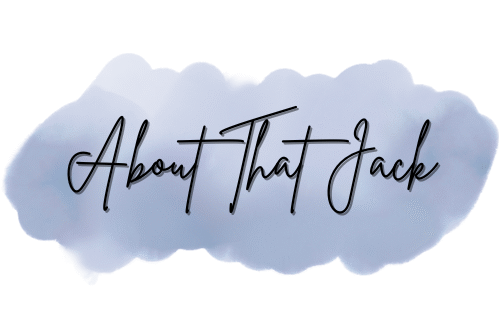 Those of us that have experienced childhood trauma missed out on so much. One of those things was the feel-good feelings that occur naturally.
Those of us that have experienced childhood trauma missed out on so much. One of those things was the feel-good feelings that occur naturally.
For us, the simple act of praise from a parent could even make us cautious. Our brains become wired to seek out danger and even something innocent puts us in a state of hypervigilance. Genuine affection felt foreign, and we would find it difficult to trust or fully engage with anyone.
Instead, we had to learn to cope with feelings of confusion, pain, and anxiety from a young age. Often we would struggle to navigate those feelings because not only did we not understand them, but they were overwhelming, and we certainly didn’t trust them.
Seeking out that dopamine boost
As a result, many of us have developed coping mechanisms that are not always healthy, leading to a complex relationship with our emotions in adulthood. There was a lack of natural dopamine development, and as we grew older, at times we could easily mistake limerence for genuine love. This confusion could leave us yearning for validation and connection, that only led us further into habits that would intensify our struggles.
We have a habit of finding that dopamine hits anywhere we can, and it’s something that can become habitual when not checked. Low dopamine can also mean less motivation and lead to more ‘stuck’ behavior. Because our cPTSD makes us feel worthless, and the dopamine hit from unhealthy habits makes us feel something. Anything. That didn’t make us feel worse about ourselves. It often makes us go from one extreme to another. It also doesn’t help that cPTSD is basically a primed stress response and floods us with stress hormones we can’t consciously control.
It’s why people with cPTSD and who have been affected by childhood trauma are prone to developing addictions. Clinging to fleeting pleasures that provide temporary relief from their pain, often ignoring the long-term consequences.
The Trap of Self-Loathing and Superficial Approval
For me, I craved acceptance. I became addicted to that and sought it out. I measured my worth through the approval of others, and believed I had to be perfect, and in doing so it only made me feel worse about myself. And when you added my cPTSD into that mix, I would often find myself hating who I was. How I looked and everything that made me who I was.
I felt trapped in a cycle of self-loathing, desperately yearning for validation, but at the same time pushing people away. Keeping them at arm’s length because I feared that if they got to know me and learned about my abuse and trauma, they would hate me as much as I hated myself. Each time I tried to mold myself into someone I thought others would love, I lost a little more of the person I truly wanted to be. Me.
What worsened was that I became addicted to showing half of who I was and another half of who I thought people wanted to see. When I was shown any kind of validation, I received that little spike of dopamine that made me feel good. But it was superficial. Temporary. The more I received, the more I needed it. It became my addiction.
I lost sight of everything that made me special. Made me Jack. Interactions with others began to feel transactional. Leaving me empty and craving that deep connection that I knew I could give. I could see others for who they were. I had the ability to observe and pick out the intricacies. To support them, give them encouragement, and all I wanted was for them to see that in me and give it in return.
From Self-Doubt to Self-Acceptance
It has taken me a long time to accept who I am. To like myself, and importantly re-wire my brain to believe the good parts. Every day is a struggle due to my cPTSD still trying to make me believe the worst, but it doesn’t have such a hold on me as it once did. I am winning that battle day by day as I put in the work to heal and grow.
I have made it a habit to remind myself of my strengths and focus on even the smallest of victories. Whether that means stepping out of my comfort zone, or a moment of self-affirmation. It’s those little steps that matter and builds the foundation for something bigger.
I now find my dopamine boost in healthy accomplishments. I no longer seek validation from others, and I have begun to like myself. How I look. I hit the gym and exercise too; that gives me a good source of dopamine. Increasing my serotonin levels also helps. It’s why my moods shift in the winter and summer months.
When you find healthy ways to reach the natural internal reward system, it diminishes the dependence on external validation. That’s the key that unlocks the thinking patterns those of us with cPTSD struggle with. We can rewire our cognitive responses and unlock our unhealthy thinking patterns, but it takes time, hard work, and trauma therapy to get there. Treating and healing our cPTSD will also treat and heal the underlying causes of any addiction we may face. Ultimately, allowing us to cope with emotions instead of trying to run away from them.
Photo by Jhunelle Francis Sardido on Unsplash
